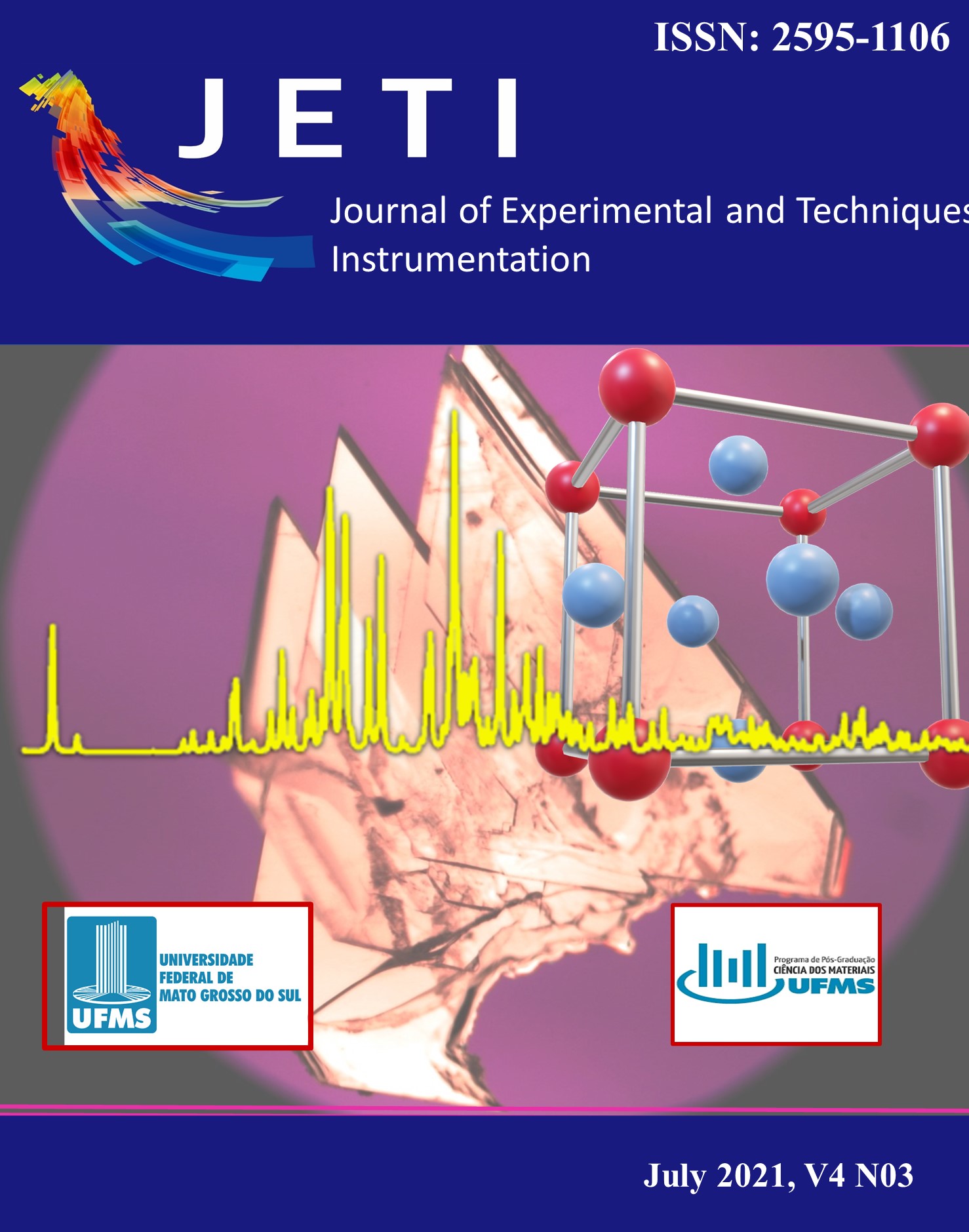Avaliação da eficácia da técnica de difração de raios-X para caracterizar fases presentes em dois ferros fundidos cinzentos perlíticos com diferentes adições de nióbio
Resumo
O presente trabalho tem como objetivo apresentar um breve estado da arte a respeito das técnicas de caracterização atualmente utilizadas para se avaliar efeitos de processos de fabricação sobre a estrutura de ferros fundidos cinzentos, assim como avaliar a efetividade da técnica de difração de raios-X (XRD) para identificar e quantificar as fases presentes em dois tipos de ferros fundidos cinzentos: um com baixo (0,02% em peso) e outro com alto teor de nióbio (0,21-0,24% em peso). Para ambas as amostras, as três fases principais foram identificadas: grafita-G, ferrita- Fe(α) e cementita- Fe3C. Porém, nem mesmo para a amostra com maior teor de nióbio, o carboneto de nióbio (NbC) foi identificado por essa técnica, fato justificado pelo limite de detecção do difratômetro convencional utilizado e da pequena fração deste carboneto nas amostras analisadas. A modificação na concentração de nióbio não foi suficiente para promover diferenças significativas nos difratogramas. A fluorescência do ferro excitado principalmente pela radiação Cu Kα resultou em alto nível de ruído nas medições e impossibilitou quantificar as fases por meio do refinamento de Rietveld. Dessa forma, para os teores de nióbio analisados conclui-se que a técnica de XRD com tubo de Cu não é eficaz para a quantificação de frações de fases e nem para a identificação de NbC em ferros fundidos cinzentos.
The Articles do not require transfer of copyright as the copyright remains with the author. In confirming the publication of your article with open access you agree to the Creative Commons Attribution License.




